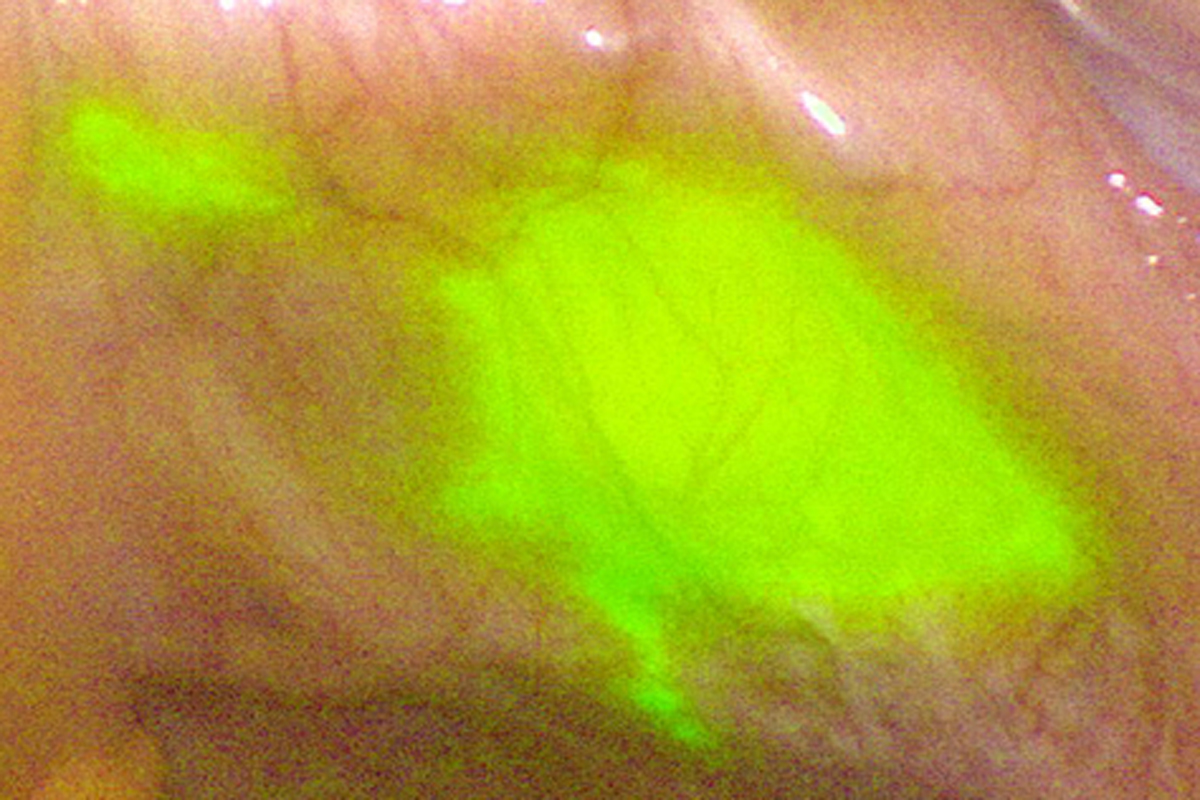
MSK surgeons pioneered an approach for determining where gynecologic cancers are likely to spread first, allowing them to remove a much smaller number of lymph nodes and reduce the complications of surgery in women with early-stage disease. Lymph nodes play an important role in draining fluids and fighting infection, and avoiding their removal reduces the risk of lymphedema (swelling) in the groin and legs.
Surgery is the cornerstone of treatment for uterine (endometrial) cancer at Memorial Sloan Kettering. For many women, it’s used for removing the cancer as well as diagnosis and staging information. Often these steps can be completed over the course of a single surgical procedure.
Surgery alone may cure your cancer if it’s at an early stage and contained completely within the uterus. In most cases, we only recommend other therapies — such as chemotherapy, hormone therapy, or radiation therapy — if the cancer has spread into the deep uterine muscle layer or beyond.
We also offer surgical options to women with recurrent or advanced uterine cancer; our outcomes following surgery in these cases are among the best in the world.
In addition to our expertise in sentinel lymph node biopsy to reduce the risk of lymphedema, we offer the following surgical strategies to women with uterine cancer:
Types of Surgery
Hysterectomy
Because uterine cancer develops in the lining of the uterus, in many cases we advise women to have the organ removed through a procedure called a hysterectomy in which we typically remove the fallopian tubes and ovaries along with the uterus. We may also remove some of the lymph nodes to determine whether the cancer has spread to other parts of the body.
The most common approach to this surgery — total abdominal hysterectomy — can be done by traditional means or through a minimally invasive strategy that offers such benefits as reduced risk for infection and faster recovery.
Minimally Invasive Laparoscopy and Robotics
With laparoscopy or robot-assisted techniques, we can remove the uterus and other tissues through the vagina using very small incisions in the abdomen.
With laparoscopic surgery, the surgeon first examines the pelvic cavity with a laparoscope — a thin, lighted tube with a video camera at its tip — which projects an image onto a large viewing screen. Guided by the laparoscope, the surgeon operates through tiny surgical “ports” (small tubes placed into the abdomen) using specially designed instruments to remove the uterus through the vagina.
With robot-assisted hysterectomy, our specially trained surgeons use the da Vinci Surgical System® to assist them. A surgeon is seated at a multifunctional console positioned next to the patient. The surgeon views the area of the operation on the console via a magnified, three-dimensional, high-definition visual system and performs the operation using finger and foot controls on the console, with the robot precisely copying his or her every movement. As the surgeon uses the robot to operate, the surgical team at the bedside monitors the patient throughout the procedure, assisting as necessary.
Options for Obese Women
Obesity is common among women with uterine cancer. If this is the case for you, our gynecologic surgeons can collaborate with MSK plastic surgeons to combine hysterectomy and staging with a reconstructive procedure known as panniculectomy. Also known as a tummy tuck, we remove excess skin and underlying fat in the abdominal area. Combining surgery in this way usually results in more accurate staging results and fewer complications.
For Women with Advanced Disease: Pelvic Exenteration
Some women whose advanced uterine cancer has spread to other abdominal organs may need an extensive surgery known as pelvic exenteration. This radical procedure is reserved for women with limited treatment options. In this surgery, we remove all reproductive organs. In some cases, we also remove the bladder, urethra, and rectum, followed by surgery to reconstruct the organs so that you retain the use of these parts of your body in the most optimal way possible.
Request an Appointment
Available Monday through Friday, to (Eastern time)


